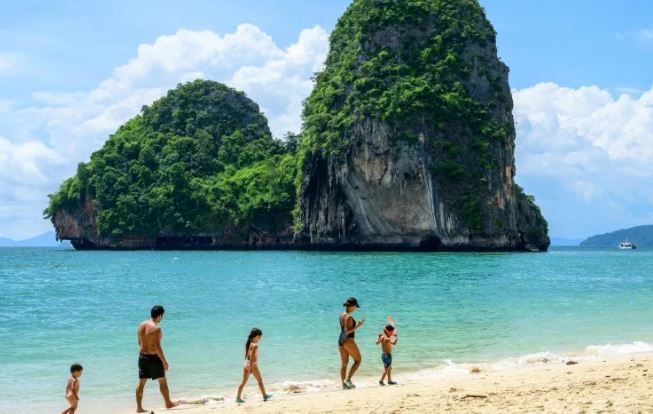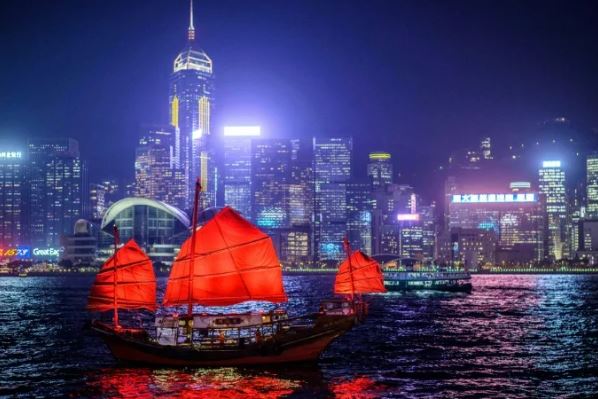“Neither hao.” In Tokyo, in the tourist neighborhood of Asakusa, the cartoonist Masashi Higashitani dusts off his notions of Chinese before the expected arrival of travelers from the Asian giant after the end of the mandatory quarantines imposed by Beijing.
“We used to say ‘ni hao’ (hello, in Chinese) all the time,” the man says as he sketches a portrait.
Before the pandemic, the number of Chinese tourists visiting the Japanese archipelago had skyrocketed from 450,000 in 2003 to almost 9.6 million in 2019, making it the most important market.
As 20% of his clients at that time came from the Asian giant, Higashitani and his employees learned some Mandarin phrases to communicate.
Although he is impatient to meet these tourists again, the cartoonist fears that a massive arrival “exceeds his capacities”, since he had to reduce his troops due to the covid.
“I am also concerned that we have to be more prudent in antivirus measures,” he explained to GLM.
China surprised the world by announcing at the end of December the lifting of the mandatory quarantines to enter its territory as of January 8.
Its citizens rushed to book plane tickets to Macao, Hong Kong, Japan, Thailand or South Korea.
In the midst of an explosion of infections in the Asian giant, some destinations welcomed the opening with mistrust and imposed restrictions on arrivals from that country, such as the obligation to present a negative PCR test.
But these tourists represent not inconsiderable income. Before the pandemic, China accounted for a third of South Korea’s visitors and was one of the top three markets in Thailand and Indonesia.
– “It’s not the moment” –
In his creperie in the popular Myeongdong neighborhood of Seoul, Son Kyung-rak is already preparing to welcome this tide of travelers.
“We are looking to recruit and increase inventory,” he says, “Chinese tourists are our main customers. The more we are, the better.”
The South Korean authorities are more reserved.
The absence of Chinese “has been a blow to our tourism industry,” admits Yun Ji-suk, head of the Ministry of Culture.
“But this is not the time to be active at the tourist level because of the current situation linked to the covid,” he qualifies.
South Korea has limited flights from China. In addition, travelers from that country, including those from Macao and Hong Kong, must present a negative covid test before boarding.
Those who have departed from mainland China will have to undergo another test upon landing.
Japan took similar measures for travelers from mainland China but has left the two semi-autonomous cities on the sidelines for now.
– “Complete” –
Other important destinations such as Indonesia, which welcomed two million Chinese every year before the covid, decided not to impose any restrictions.
Restaurateurs on the paradisiacal island of Bali expect a rebound in the arrival of Chinese and are confident that they will once again be able to hang the “full” sign in their establishments.
“Before the pandemic, we had a lot of Chinese customers (…) At least 100 to 200 a day,” Kadek Sucana, who runs a seafood restaurant in Jimbaran, told AFP.
But although Beijing has relaxed its health policy, group travel organized by agencies is still banned and airlines have not had time to adapt to the new demand.
For this reason, Asian destinations predict a gradual return of these tourists.
Indonesia expects no more than 250,000 Chinese visitors in 2023, far from pre-covid figures.
And Thailand is hoping to host five million, half of those who arrived in 2019, despite the fact that the kingdom also imposed no restrictions on Chinese visitors.

The tourism sector represents almost 20% of the Thai economy and was supported mainly by travelers from the Asian giant.
“It is an opportunity to restore our economy and to recover from the losses we have suffered for almost three years,” according to Public Health Minister Anutin Charnvirakul.

